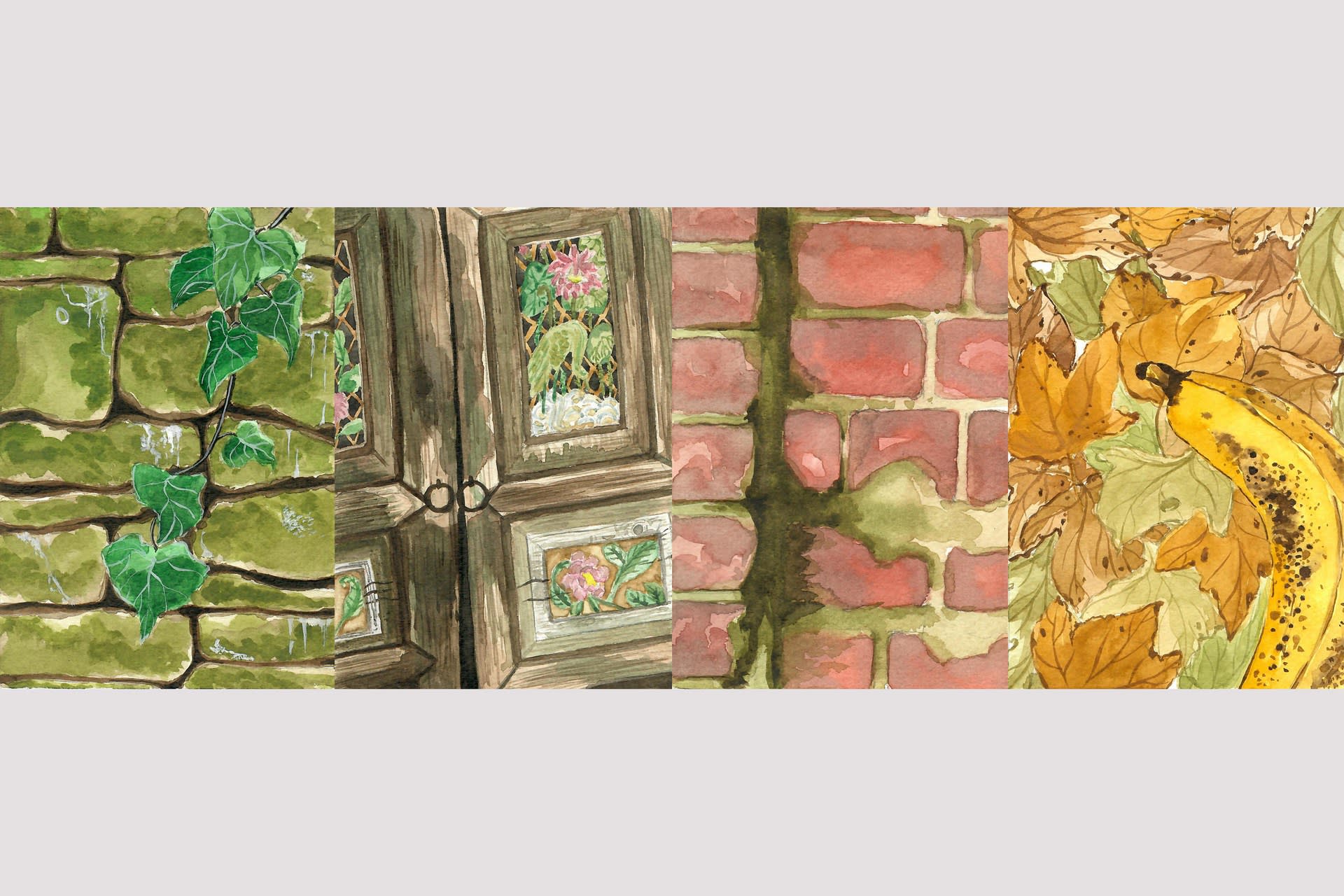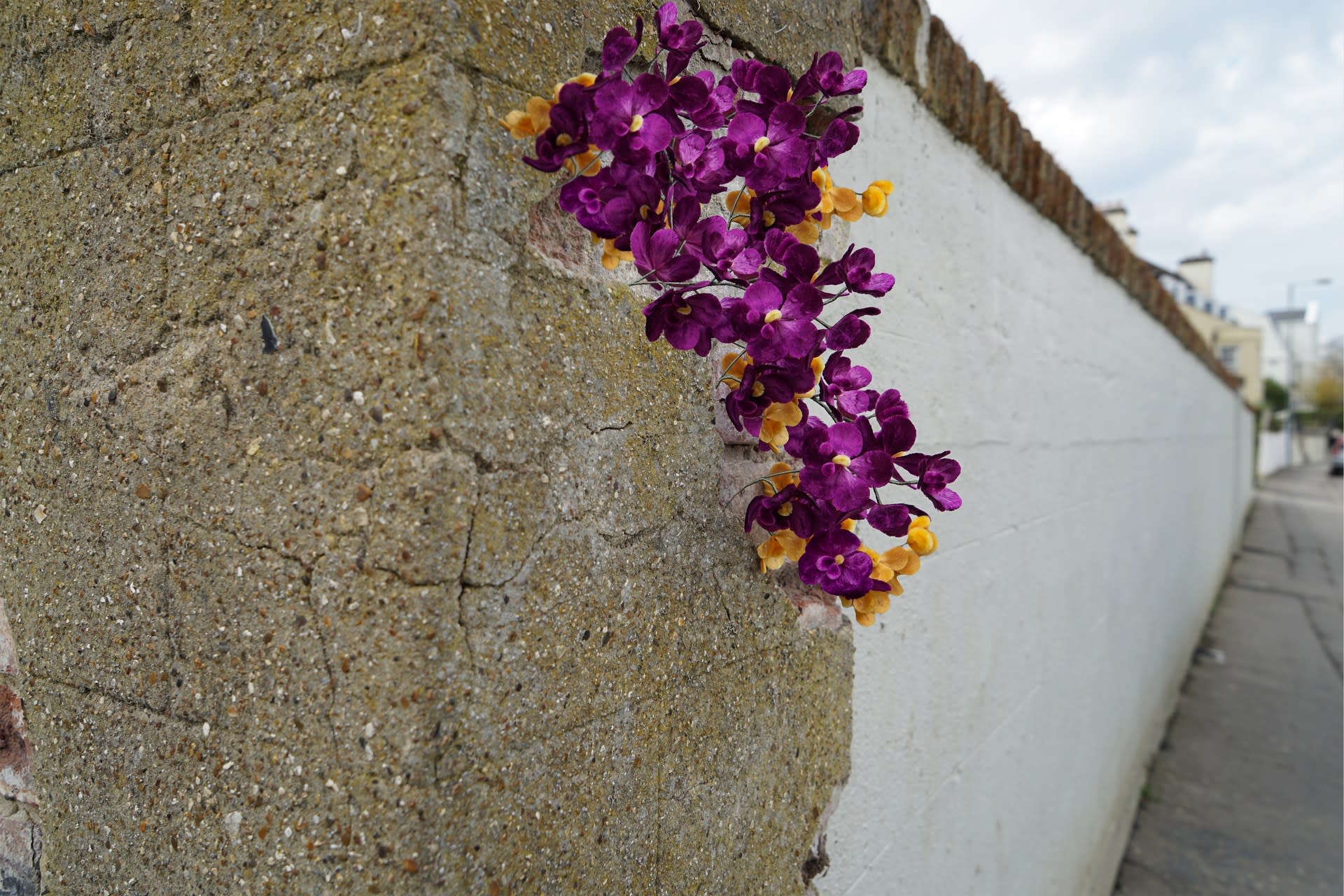Danyan Liu has a keen interest in the relationship between environment, culture and humanity. As an artist from a Chinese cultural background, she explores the use of traditional oriental textile techniques to express her understanding of oriental philosophies within a contemporary narrative. She specialises in hand embroidery, hand drawing, screen printing, hand dye and digital print. She completed her undergraduate studies in textile(print) design at Chelsea College of Art.
AWARDS
-PriestmanGoode x RCA Colour Material and Finish Design - Finalist (2020)
SPONSORS
-Huzhou Changhe Silk Mill, China










